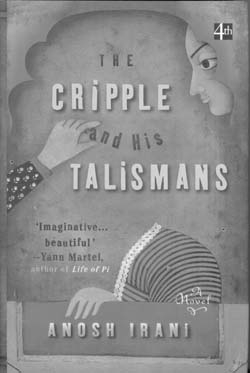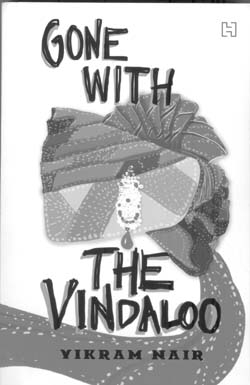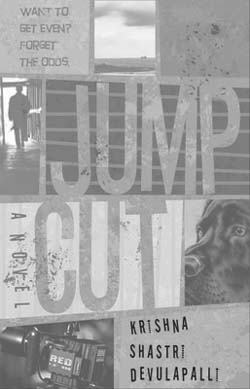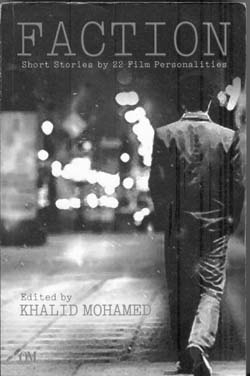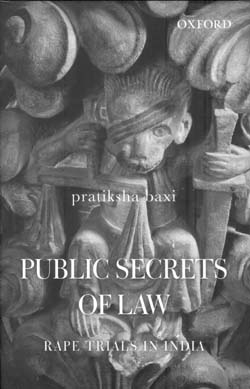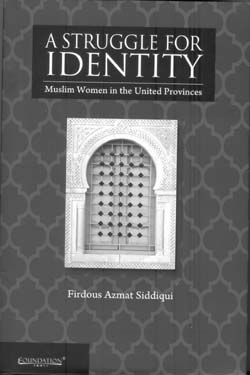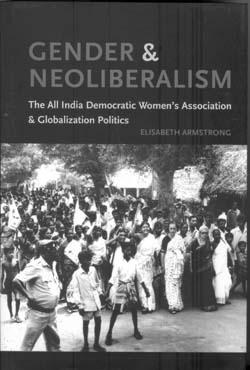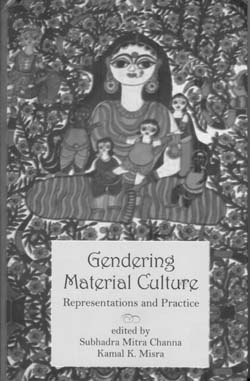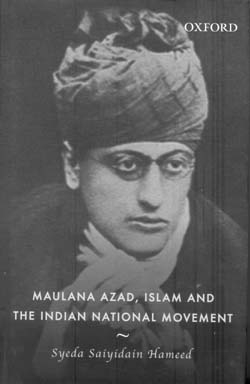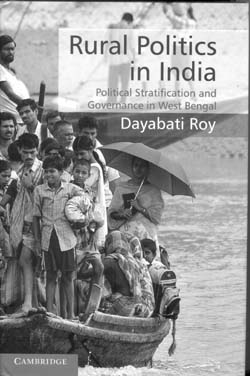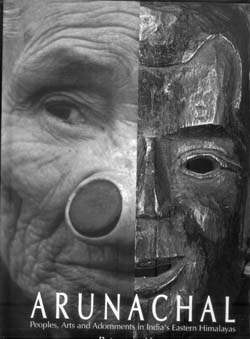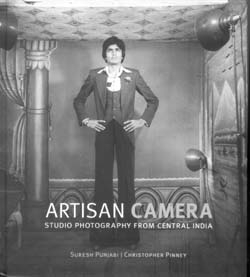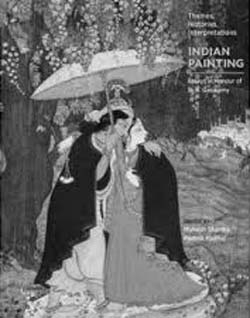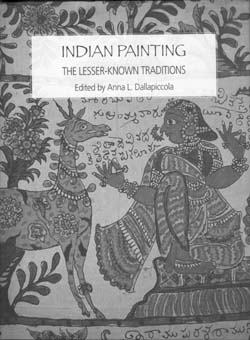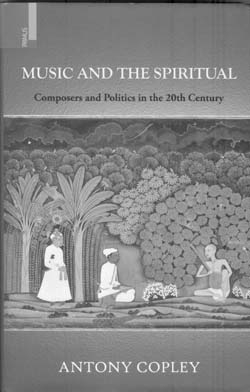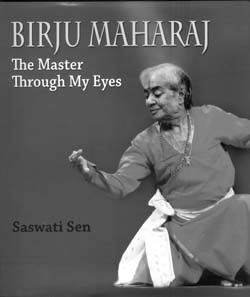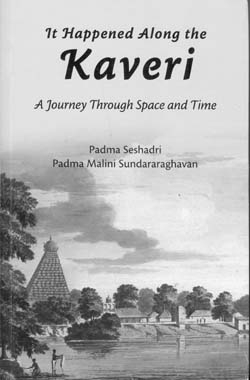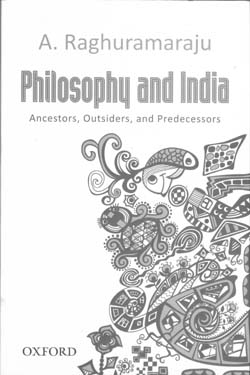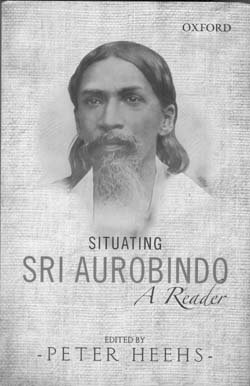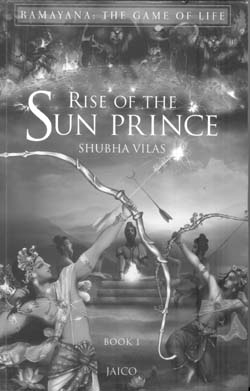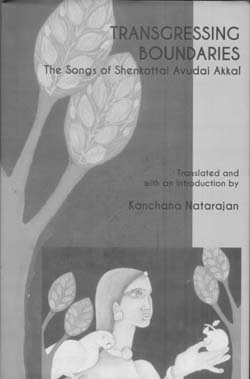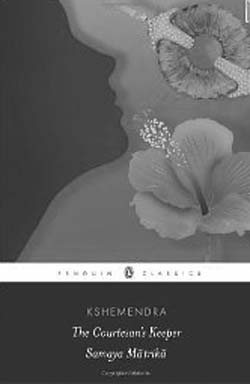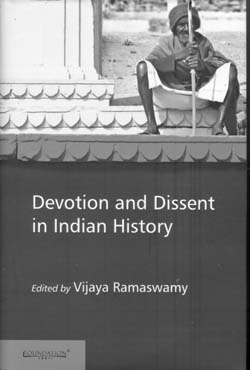‘In the beginning there was a little boy’. Irani’s novel starts on a promising note, but very soon we are caught up in the web of uncertainties and confusion that make the book a unique attempt at an allegory.
Archives
June 2014 . VOLUME 38, NUMBER 6Gone with the Vindaloo is a charming book by Vikram Nair. Tracking the lives of three generations of cooks (Kalaam, Param and Pakwaan),it covers the better part of a century, romping gaily through British India, Betty Crocker, World War II, the hippie movement redolent with its hash, booze and acid freely mixing with ‘peace’ and ‘free-living’, baby boomers…
2014
Take a bow KSD! One crackling humor- ous novel is difficult enough, you have now given us two. I thought Ice Boys in Bell-bottoms was going to be a difficult act to follow (and it was meant to be the first of a trilogy, but the second is yet to come) but you have come up with the seriously funny Jump Cut. Indian English readers have waited decades for a writer like this.
Growing up in India in the 1990’s, some films stood out from others simply because of their different storyline—removed from the ‘mast, mast, ‘dhak, dhak, ‘choli ke peeche’, ‘sexy sexy’, ‘sarkailo khatiya’, ‘gutur, gutur’ kind of songs and their corresponding stories that dominated during the period.
There has been growing interest in aca- demic scholarship to study and analyse the emerging legal regime in China. The reason simply is that three decades of economic reform that China underwent since 1978 has significantly contributed in reshaping its legal jurisprudence on several key areas.
The gang-rape and murder of a 23-year old physiotherapy student on December 2012 has been a watershed of sorts, galvanizing discussion around sexual assault, a hitherto taboo subject, like never before.
The book makes some landmark probings that is relevant not only from the perspective of women studies, gender and identity discourses but also understanding measures of Muslim women’s assertions, accommodation and adjustments in an imperial and indigenous patriarchal set up.
Gender and Neoliberalism by Elisabeth Armstrong is an important book because it advocates the belief that a gendered understanding of the political economy is essential and indeed possible. It attempts to displace the myth that the economy has nothing to do with questions of gender.
The study of material culture has evolved alongside the discipline of anthropology, though the field has taken an interdisciplinary turn only in the last two decades or so. At a very fundamental level, material culture refers to the study of any and all objects, be it buildings, books or beads.
The life and personality of Maulana Azad remains, to put this in a clichéd manner, an enigma. Aside from his deep scholarship, active politics and religious inclinations, there is another aspect of this enigma. Azad, unlike many other Muslim figures in India’s pantheon of great men leading the freedom struggle…
West Bengal, one of the major States in India’s East, an unfortunate by-product of the Partition of India in 1947 and the one which bore the brunt of the Partition by receiving millions of refugees from across the border, remained for a long time India’s most ungovernable State since Independence.
2014
For those who want to get a sense of the history of Arunachal Pradesh or to understand how many cultures and religions and traditional groups of the land coexist, this book will make an excellent recommendation. The text is meticulous and deals with social and cultural symbolism well.
This is a fairly slim book. It has only about 15 odd pages of text, and 60 photographs. Yet, it contains a lot to think about and see. In any case, if it is true that a picture is worth a thousand words, then this intriguing little volume contains more than 60,000 words worth of matter.
2014
This is a splendid volume that brings to- gether the recent approaches and researches around the theme of Indian Painting in honour of Professor B.N. Goswamy who continues to inspire and motivate potential scholars of art and history in various capacities and contexts.
Any discussion of traditional art forms in India would not be complete or possible without stepping into the realms of the narrative painting tradition. Indian Painting: The Lesser-Known Traditions edited by Anna L. Dallapiccola presents a bouquet of twelve incisive essays elaborating on these lesser known traditions of India.
To assess music as the purveyor of the spiritual is Antony Copley’s project in this compelling and erudite study. He undertakes his exploration by approaching the music of 20th century Europe through the biographical, cultural and philosophical planes. He tackles his mission as Everyman, he emphasizes apologetically…
The book in reference is a coffee table, well-illustrated memoir entitled The Master Through My Eyes. It is by Saswati Sen, herself a well-known dancer and prime disciple of Birju Maharaj for as long as thirty years and more. She has spent this time, from her initial baby steps in Kathak with Guru Reba Vidayarthi…
This episodic narrative meanders charm- ingly while the authors digress to regale us with myths and legends, with no particular historical perspective. The spatial emphasis renders chronology irrelevant. But, interestingly, like any epic narrative, this formidably researched riparian saga uses a common literary…
In the early twentieth century, K.C. Bhattacharyya underlining the cultural enslavement of India proposed that it is in philosophy, if anywhere, that the soul of India could be discovered.
On 15 August 1947, from the depths of his Ashram in Pondicherry Aurobindo sent a celebratory message across the airwaves to the free nation. He was quick to point out, however, his own place in this epoch-making historic event.
This book is not a summary of any of the well-known Ramayanas; it is a full-fledged re-telling of the great epic . Indeed, as Shubha Vilas tells us , his friend ‘em-boldened’ him to ‘rewrite’ the Ramayana. A little later the author does clarify, ‘This book keeps Valmiki’s Ramayana front and centre, yet explores other versions…
Kanchana Natarajan’s discovery of an old Tamil text comprising Vedantic songs by Avudai Akkal at the Divine Life library at Rishikesh retraces a journey started by Avudai Akkal in the eighteenth century.
The indefatigable A.N.D. Haksar pulls out another gem from the Sanskrit texts that were composed in Kashmir around the turn of the last millenium. He returns to the irreverent and wickedly transgressive Kshemendra and this time, gives us a translation of Samaya Matrika or ‘The Courtesan’s Keeper’.
For someone not adequately apprised of the scholarly interests of its editor, the title given to this volume may prove somewhat ambivalent and open ended. After all, ‘devotion’ and ‘dissent’ are also broad sociological responses that could be revealed and read outside the domain of religion, as say in politics or everyday social relationships.

